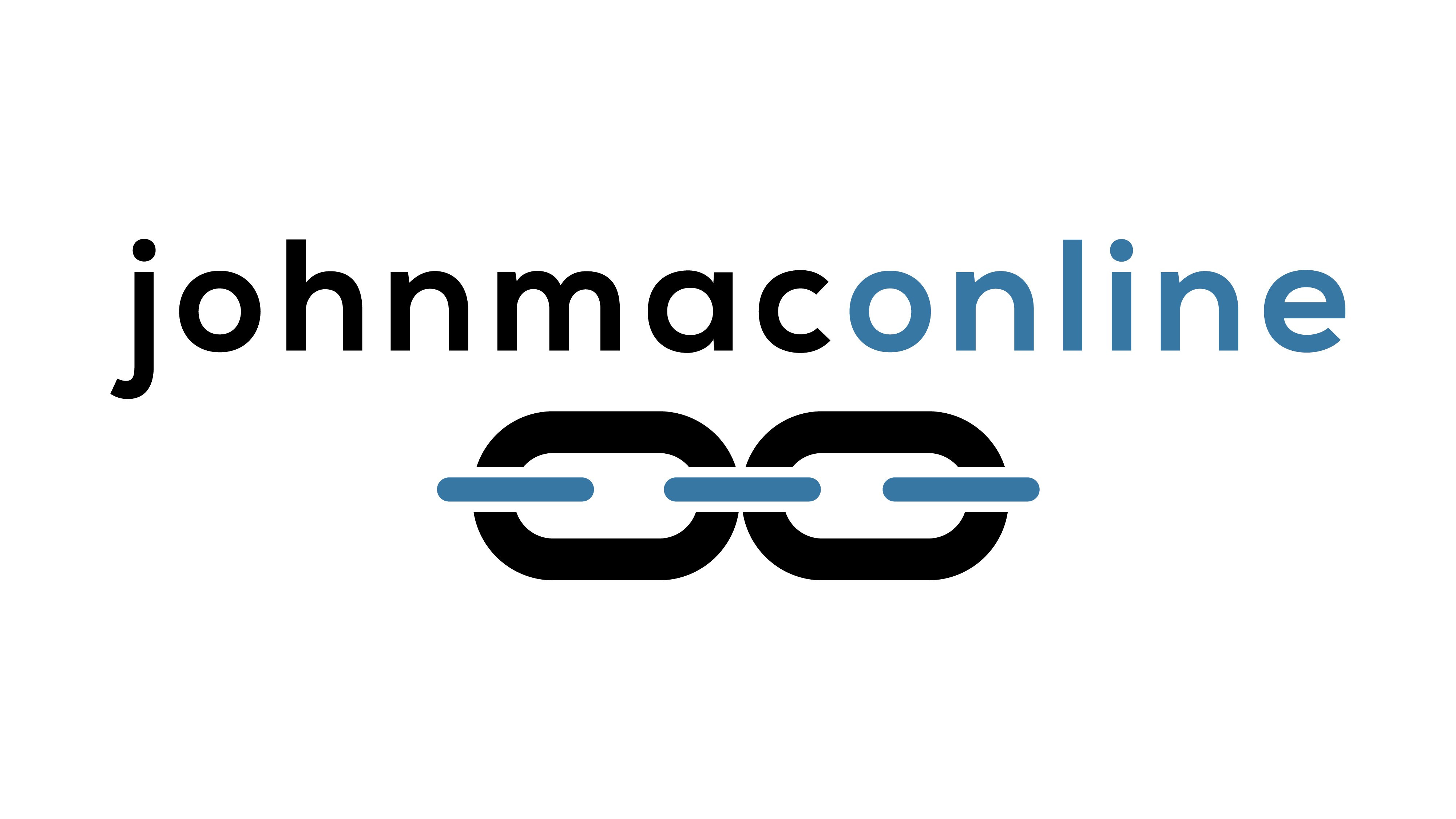Before automobiles, people spent a lot of time and energy dealing with horse manure.
They probably complained, but they also recognized it just was. It wasn’t a problem that had a solution. Therefore, whole cottage industries built up around dealing with horse manure. Street cleaning. Resellers. City-center stables and stable hands.
Along comes the car.
At first, many resisted. Not because they liked horse manure but because they couldn’t imagine a world without it. The entire system was built around horses.
Why question something so fundamental?
That’s the paradox of problem recognition. If people can’t envision an alternative, they don’t see a problem at all. The mess in the streets wasn’t ideal, but it wasn’t avoidable, either.
Then, as cars became practical, something shifted. The problem had always existed, but only after a better way emerged did people truly recognize it as a problem.
People defend inefficiency, struggle, even frustration. It’s not because they love it, but because they don’t believe there’sanother way.
Until there is. If you’re designing a better way, the most important part, and probably the hardest part, is to help people understand that the problem has a solution.
That’s messaging.


